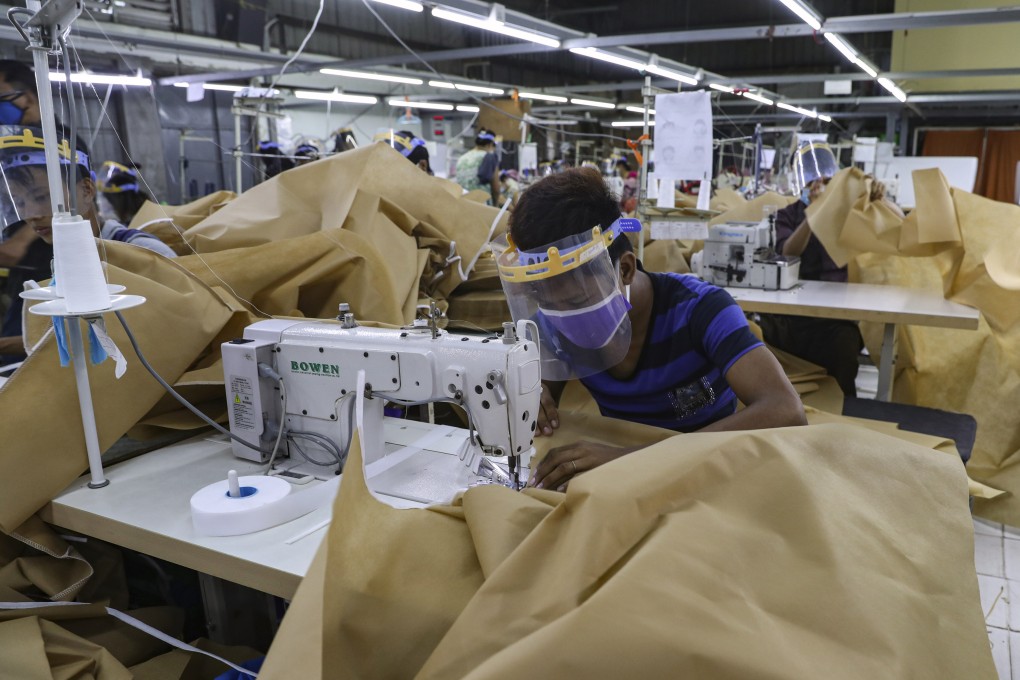Explainer | Fast fashion and Myanmar – why garment workers are protesting, how brands have responded, and the unrest’s potential impact on consumers
- Trade union activity in the apparel industry meant leaders quickly emerged to organise worker protests against the military, and Chinese factory owners
- Garment workers and those in other sectors have staged strikes to paralyse the economy as a means of applying pressure on the generals to reverse course

Workers and trade union leaders from Myanmar’s garment industry have played a leading role in organising protests against the military coup that ousted the civilian government of Aung San Suu Kyi in February.
The protesters are calling for new international sanctions and for major multinational companies with factories in Myanmar to bolster protections for workers taking part in the resistance.
Security forces in the Southeast Asian country have responded to paralysing strikes – and the razing of garment factories whose Chinese owners protesters perceive to be complicit in the coup – by shooting hundreds of people. More than 200 have been killed.
Why have garment workers become so involved? Why are Chinese factories being targeted? And how will the unrest disrupt fast fashion supply chains in Asia?
The role garment workers have played in the protests
Although still a laggard compared to other countries in the region, Myanmar’s garment industry experienced a rapid take-off after the country began opening to the outside world and shedding international sanctions a decade ago.
